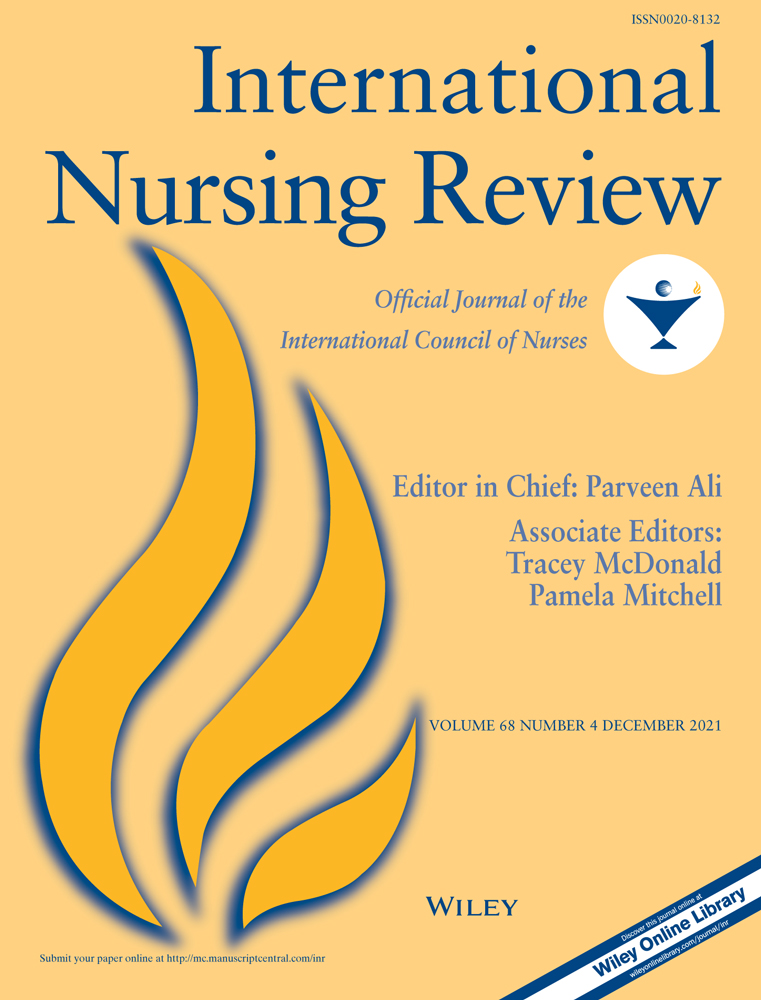Virtual learning experiences in population health nursing course during the COVID-19 pandemic
Funding information:
None
Abstract
Aim
To discuss the virtual learning strategies used in population health nursing course during the coronavirus disease 2019 (COVID-19) pandemic.
Background
The School of Nursing faculty in a South Central University in the United States quickly combined innovation with digital resources and transitioned a course in population health during the COVID-19 pandemic. Nursing faculty were challenged to develop student nursing objectives in assessment, planning, intervention and evaluation of vulnerable populations in the community through a virtual environment.
Reflections of population health nursing clinical education
The experiences of five clinical groups are described, covering adults with disabilities, older people, patients with COVID-19 and youth populations.
Discussion
The course objectives were met through use of a digital environment. Collaborative interventions were designed and implemented with community stakeholders while maintaining social distancing policies. Successes included increased frequency of communication and learning opportunities for students and the community, and student satisfaction. Barriers to student learning were not related to the digital learning environment, although the older adults required modifications to use electronic devices.
Conclusion
Virtual classrooms are a viable platform to teach population health nursing and to benefit vulnerable populations.
Implications for nursing practice
Virtual learning offers benefits within academia and the community. Technology offers the possibility to improve mental health among older people and enhance knowledge among the general population. Students are better able to connect with clinical faculty and stakeholders through digital platforms.
Implications for nursing policy
Nurses play a vital role in improving population health and can collaborate with community stakeholders to implement innovative and sustainable solutions to nursing education, practices and policy. Digital platforms can enhance the involvement of students through these collaborations during and after the pandemic.
CONFLICT OF INTEREST
The authors declare that there is no conflict of interest.




